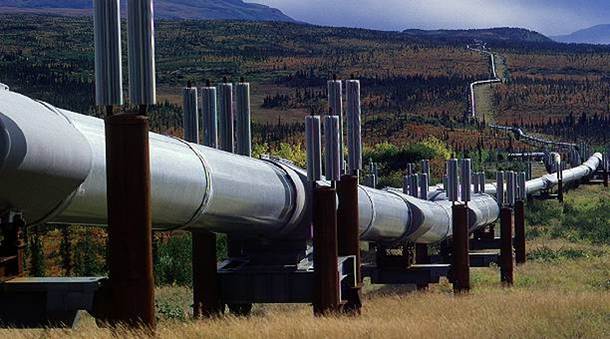While Canada’s 30+ million vehicles go around the country’s 1+ million kilometres of roads, few think about where gas actually comes from.
The truth is that gasoline doesn’t exist naturally, and getting it from crude oil is a painstaking process involving delicate care, chemical brilliance, and a bit of elbow grease – and that’s all before it’s even transported to the pump consumers buy it at.
Where does gas come from?
Gasoline is made from crude oil, so that’s where we need to start. Crude oil deposits are located using complex satellite imagery (and a host of other techniques). Holes are then drilled until a source is located. Major sources are found off-shore in the USA, in Texas, the Middle East, South America, and even Siberia!
Once the oil is found, it needs to be transported great distances to refineries. And that’s only after you drill down two miles or more into the Earth into rocks millions of years old to extract it. Massive oil rigs using gigantic drills extract it from the Earth and send it via complex piping systems to refineries where the task of extracting useful substances from the crude oil is carried out.
Getting gas from crude oil
The process of refining crude oil is complex, but the theory behind it is actually quite simple. Let’s try to break it down into a few key points:
- Crude oil contains a mix of different substances, including gas and propane
- All are different in weight
- Crude needs to be separated by heating it up
- Once heated, it turns to vapor
- Then the substances condense once cooled
The end result is crude oil being fractionated into multiple different substances, each of which with their own function, based on their different boiling points.
Where trayed towers come in
Trayed towers, also known as distillation towers, are the crux of the refining operation. The trays in the tower are responsible for catching the substances as they separate. When turned to vapor, the lighter molecules like gasoline rise to the top while the heavier ones like asphalt sink to the bottom. The trays within the tower are responsible for separating the substances and allowing them to be siphoned off.
Without the proper functioning of these towers, we wouldn’t be able to get anything of use from crude oil. At ScanTech, we are in business to help oil refining operations keep their trayed towers functioning at their peak, and avoid costly emergencies or shutdowns in the process. Contact us today for more information.


Leave A Comment
You must be logged in to post a comment.